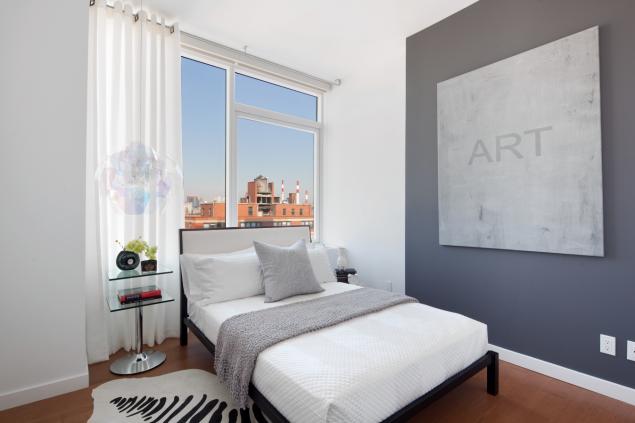
The recent flurry of New Yorkers moving into 27 on 27th, the new luxury rental building located at 42-17 27th Street in Long Island City is yet another indication of how popular this neighborhood has become. While it may have once been an industrial community in New York, Long Island City today is fast becoming known as a residential neighborhood of repute, with its residents loving the great apartments they have, and the beautiful Manhattan views they get to enjoy from their homes.
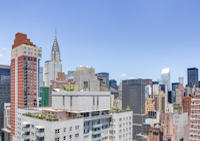
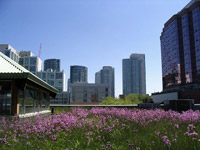




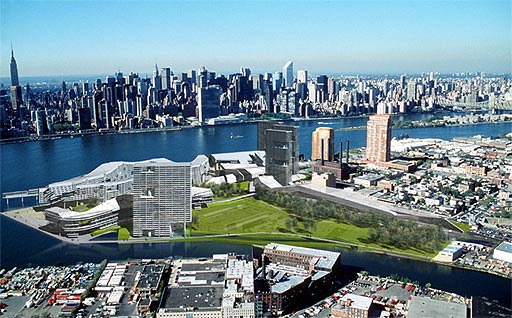
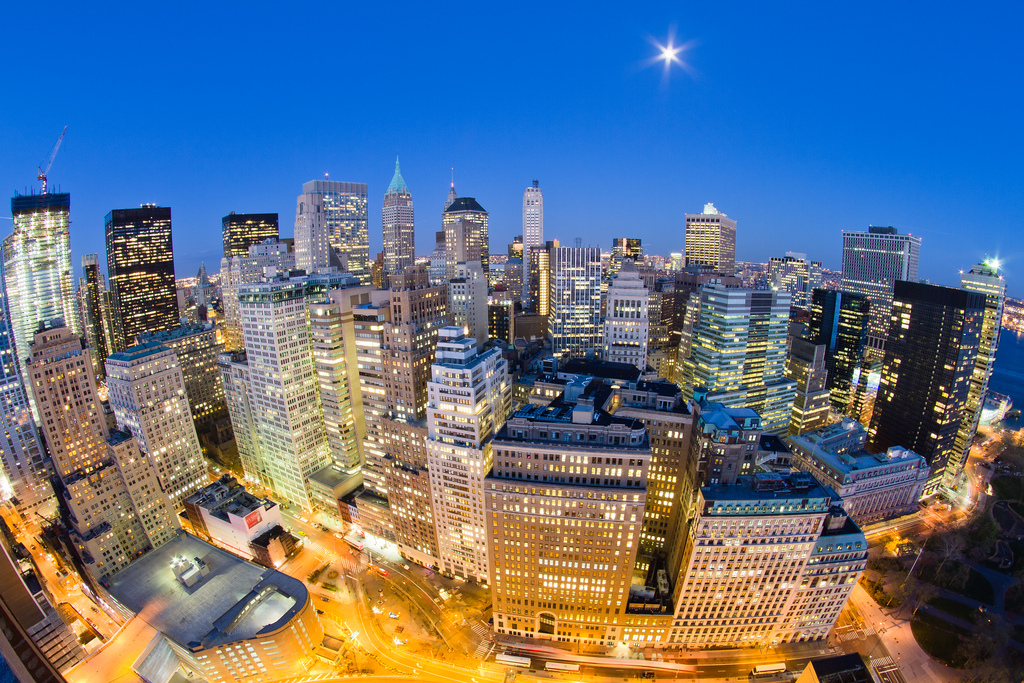 When compared to the cost of buying an apartment in Manhattan, rental prices in the borough aren’t actually that bad. A study released on Friday by the Federal Reserve Bank of New York says that apartment prices in New York City have risen considerably faster than rents have in recent years. This split has raised some serious questions about the outlook for housing prices in the city as well as the sustainability of current prices. “Manhattan price-rent ratios, although off their 2008 highs, are still up dramatically over the past two decades, suggesting less financial ‘value’ today in an apartment purchase there,” said New York Fed economist
When compared to the cost of buying an apartment in Manhattan, rental prices in the borough aren’t actually that bad. A study released on Friday by the Federal Reserve Bank of New York says that apartment prices in New York City have risen considerably faster than rents have in recent years. This split has raised some serious questions about the outlook for housing prices in the city as well as the sustainability of current prices. “Manhattan price-rent ratios, although off their 2008 highs, are still up dramatically over the past two decades, suggesting less financial ‘value’ today in an apartment purchase there,” said New York Fed economist 

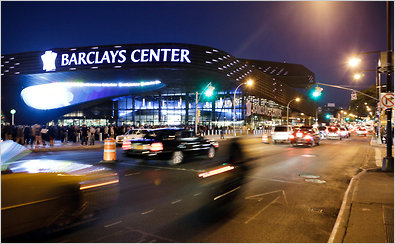
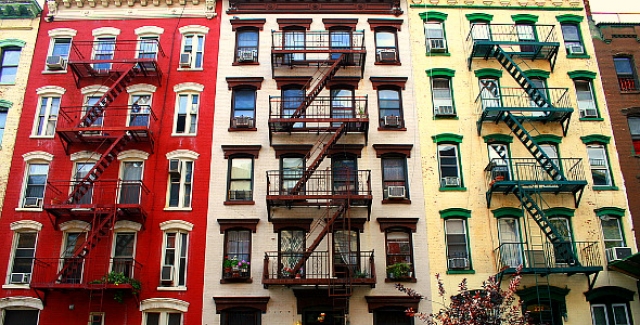
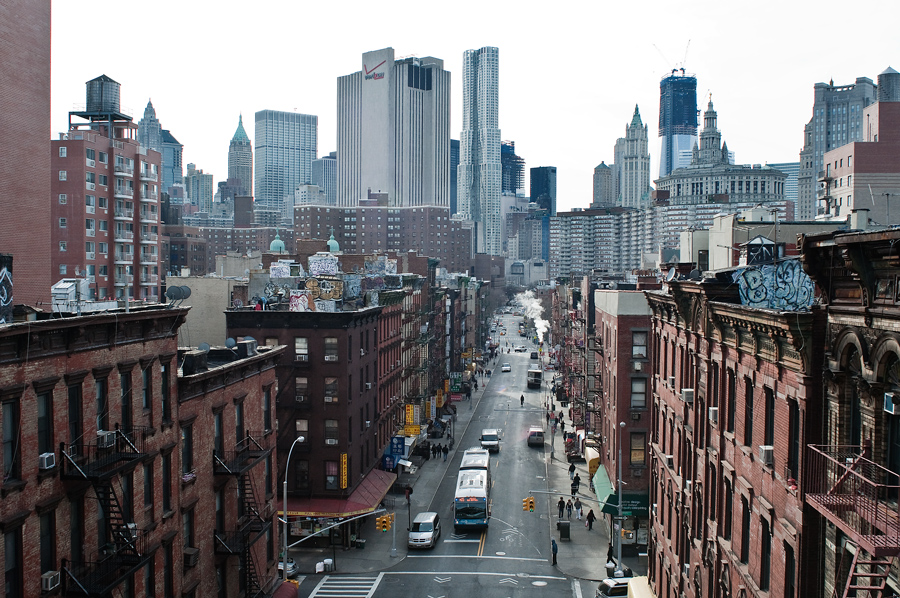 It seems like it should have been a tough month for the rental market in Manhattan. Hurricane Sandy managed to unearth a plethora of rental nightmares, obscure landlord-tenant laws, and insurance claims. Though concerns over storm-related safety has so far been shown to rarely push renters out of their current neighborhoods, uncertainty pervades both landlord and tenant. Nevertheless, the weeks prior to the hurricane optimistically, and perhaps predictably, revealed a strong rental market. Price and location, at least for Manhattan apartment rentals, remain the determining factors. Here are four
It seems like it should have been a tough month for the rental market in Manhattan. Hurricane Sandy managed to unearth a plethora of rental nightmares, obscure landlord-tenant laws, and insurance claims. Though concerns over storm-related safety has so far been shown to rarely push renters out of their current neighborhoods, uncertainty pervades both landlord and tenant. Nevertheless, the weeks prior to the hurricane optimistically, and perhaps predictably, revealed a strong rental market. Price and location, at least for Manhattan apartment rentals, remain the determining factors. Here are four 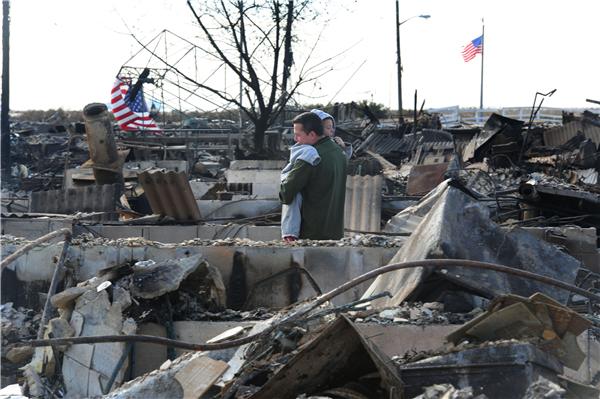 In the aftermath of Hurricane Sandy housing is becoming scarcer. And with cold weather on the way, city, state, and federal officials are trying to assemble a pool of vacant houses to supplement New York City's shelter system. While many people have been clinging to their apartments despite not having heat or hot water, officials are worried that another wave of people, numbering in the hundreds if not the thousands, will seek shelter as temperatures fall. “We feel a real imperative to have something in place when the second surge comes,”
In the aftermath of Hurricane Sandy housing is becoming scarcer. And with cold weather on the way, city, state, and federal officials are trying to assemble a pool of vacant houses to supplement New York City's shelter system. While many people have been clinging to their apartments despite not having heat or hot water, officials are worried that another wave of people, numbering in the hundreds if not the thousands, will seek shelter as temperatures fall. “We feel a real imperative to have something in place when the second surge comes,” 
